Books for the Tribe to Bring to the Beach
Permanent linkIf your brain is turning to mush from too much US Weekly and your eyes are tired from too much online reading, it might be time to hit the beach, or even the couch, with a book! If you’re in the mood for something Jewish, look no further than The Jewish Book Network, an organization of the Jewish Book Council, it sends Jewish authors across the country to promote their work.
Take a look at the council’s hot list for the hot month.
1. If You Awaken Love, by Emunah Elon, translated by David Hazony (Toby Press). In the time between the Six-Day War and Yitzhak Rabin’s assassination, we meet Shlomtzion, who abandoned her religious nationalism and moved to Tel Aviv after her fiancé, Yair, broke off their engagement. She is forced to confront her former life and love when her newly religious daughter becomes engaged to Yair’s son and moves to the West Bank.
2. Camp Camp, by Roger Bennett (Crown). Want to relive the overnight camp experience? The photographs and personal anecdotes included in this collection largely center on Jewish summer camps and the experiences taking place therein, reminding us why summer camp so vivid in our minds.
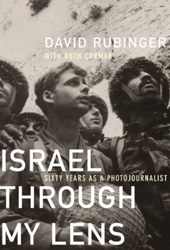
3.
Israel Through My Lens
, by David Rubinger (Abbeville Press). Master photojournalist David Rubinger documented Israel’s birth and the major events that have occurred in the last 60 years. This telling of his life and career includes some of his most famous photos, the stories behind them as well as some never-before-published works.
4.
Light Fell
, by Evan Fallenberg (Soho Press). In this work of fiction, we’re introduced to Joseph, who left his wife and five sons after an affair with a rabbi. After 20 years apart, he invites his sons to spend Shabbat with him in honor of his 50th birthday. As the reunion draws near, Joseph’s sons, ranging from extremely religious to secular, look back on the events that transpired and address their feelings toward their father.
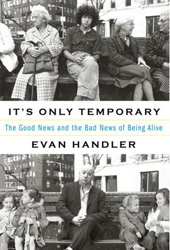
5.
It’s Only Temporary
, by Evan Handler (Riverhead Hardcover). While assessing his life since recovery from leukemia more than 20 years ago, the actor and author addresses the question “How can a person live well with the knowledge that time is limited?” The series of autobiographical stories tell a story of love and transformation.
6.
Sarah’s Key
, by Tatiana de Rosnay (St. Martin’s Press). Julia, an American who has lived in Paris for 20 years, is tasked with covering the 60th anniversary of the Vél' d'Hiv'—the 1942 Paris roundups and deportations, where thousands of Jewish families were arrested, held at the Vélodrome d'Hiver outside the city, then transported to Auschwitz—for the American magazine she writes for. Through her research, Julia uncovers information about the deported Jewish occupants of the home she and her husband plan to move into, her husband’s family, France and herself.

7.
More Than It Hurts You
, by Darin Strauss (Dutton Adult). When Josh Goldin’s 8-month-old son, Zack, is hospitalized twice with serious symptoms, Dr. Darlene Stokes tells Child Protective Services that she thinks Josh's wife suffers from Munchausen syndrome—where the afflicted purposely injure their children to get attention. As we follow the Goldins’ battle for child custody, this novel raises issues of parents’ rights and of race as Josh’s belief that ignorance can be a virtue and happiness is a choice are tested.
The Jewish Book Network helps communities locate Jewish authors and heighten awareness of both the books and Jewish culture. Get more information about the Jewish Book Council .


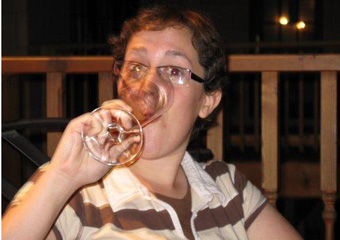
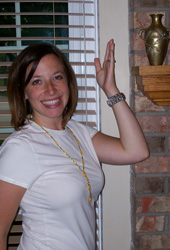
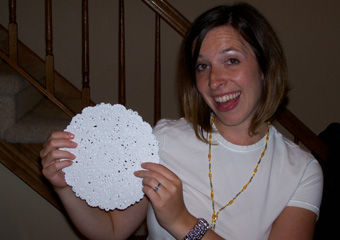
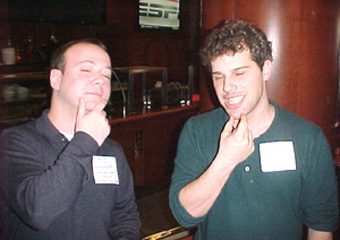

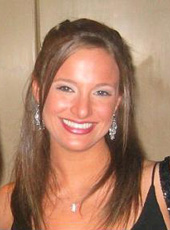

.jpg)



